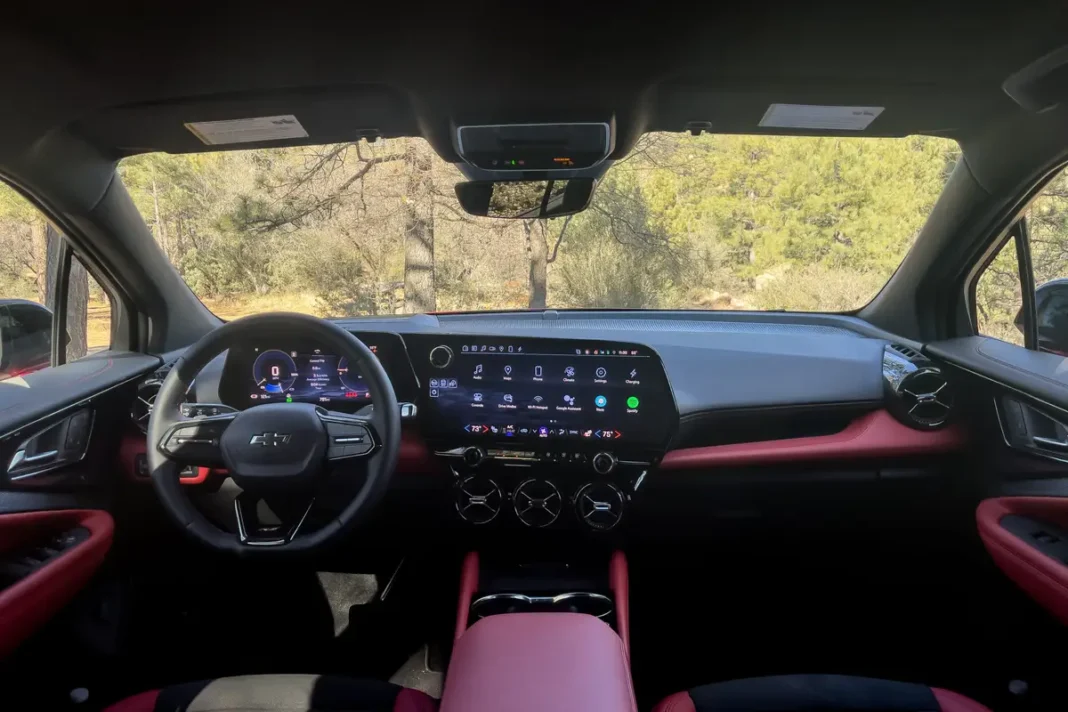Self-driving cars are no longer just a modern dream.. Around the world, autonomous vehicles are being tested and even used in some cities. In Africa, including Ghana, the journey to actualizing self-driving technology remains bleak. While the idea of sitting back and letting a car do all the driving sounds exciting, there are several reasons why Ghana isn’t quite ready for this leap.
With improved infrastructure, better regulations, and technological advancements, self-driving cars may eventually find their place on Ghanaian roads. For now, the dream of autonomous vehicles remains distant, and here’s why.
The African challenge
Africa’s transportation system is unique. Unlike in Europe or North America, where roads are well-marked and traffic laws are strictly enforced, many African cities operate on a mix of formal and informal driving rules. In places like Lagos, Nairobi, and Accra, traffic can be unpredictable, with pedestrians crossing at random points and drivers making split-second decisions that don’t always follow the rulebook.
Beyond driving culture, infrastructure is another major hurdle. Many roads across Africa are poorly maintained, with potholes, faded lane markings, and inconsistent traffic signals. Self-driving cars rely on clear road signs, smooth surfaces, and standardized traffic systems to function properly. Without these, autonomous vehicles would struggle to navigate safely.
The tech race
Despite these challenges, Africa is not entirely out of the race. Countries like South Africa and Kenya are investing in smart city projects that could eventually support autonomous driving. In South Africa, researchers are exploring AI-driven traffic management systems, while Kenya is pushing for better digital mapping to improve navigation.
However, the cost of self-driving technology remains high. Autonomous vehicles require advanced sensors, AI-powered decision-making systems, and constant internet connectivity. In Africa, where internet penetration is still growing, maintaining the level of connectivity needed for self-driving cars is a major obstacle.
Ghana’s reality
Now, let’s focus on Ghana. The country has made impressive strides in transportation, but self-driving cars are still far from becoming a reality. Ghana’s roads, especially outside major cities, are often unpaved or poorly maintained. Lane markings are inconsistent, and traffic signals don’t always function properly.
Driving culture is another challenge. Ghana’s roads are known for their unpredictability, with informal traffic patterns and frequent pedestrian crossings. According to a report by Citi News on Ghana’s E-Mobility, around 70% of daily commuters rely on privately run minibuses known as ‘Tro-tros.’ These vehicles often operate without strict adherence to traffic rules, making it difficult for self-driving cars to anticipate movements and react accordingly.
Technology and cost also play a role. Ghana’s internet coverage is improving, but rural areas still experience connectivity gaps. Autonomous vehicles require seamless communication with traffic systems, and any delay in data transmission could lead to serious road incidents. Additionally, electric vehicles (EVs), which are a stepping stone toward autonomous driving, account for less than 1% of vehicles on Ghana’s roads. The country currently has only seven public charging stations, making EV adoption slow.
The road ahead
Despite these challenges, Ghana is making progress in transportation innovation. According to a report by AutoLast, the government aims to increase EV adoption to 30% by 2030, which could pave the way for autonomous vehicle trials. With improved infrastructure, better regulations, and technological advancements, self-driving cars may eventually find their place on Ghanaian roads.
For now, the dream of autonomous vehicles remains distant, but with continued investment and innovation, Ghana could one day embrace this revolutionary technology. The road may be long, but the journey has already begun.




